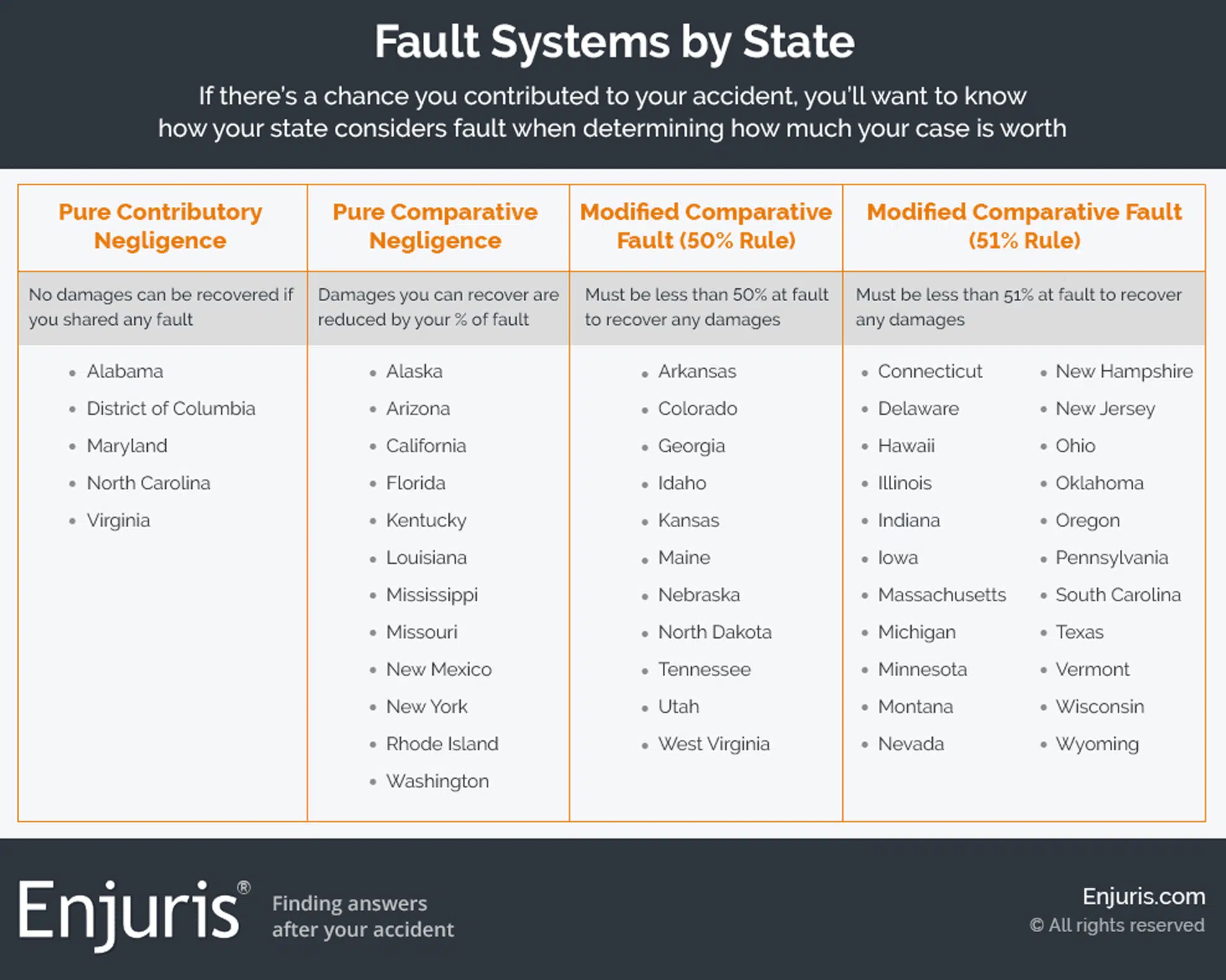
Learn about the causes of paralysis and whether you can receive compensation for your injury
According to a study conducted by the Christopher & Dana Reeve Foundation, 1 in 50 people are living with paralysis in the United States. That’s roughly 6 million people, or the populations of Los Angeles, Philadelphia, and Washington, D.C., combined.
Though paralysis can be the result of a birth defect, it’s most often caused by an injury to the spinal cord. Depending on the nature of the injury, a person suffering from paralysis might be able to file a lawsuit to recover their considerable medical bills.
Degrees and types of paralysis
The term “paralysis” refers to the loss of strength in and control over a muscle or group of muscles in a part of the body.
When most people think of paralysis, they picture a person in a wheelchair who has no control over their limbs. However, there are different degrees of paralysis. The condition can be:
- Partial. Partial paralysis (sometimes called “paresis”) is when you have some control of your muscles.
- Complete. Complete paralysis is when you can’t move your muscles at all.
- Permanent. Permanent paralysis is when muscle control never comes back.
- Temporary. Temporary paralysis is when some or all muscle control returns.
- Flaccid. Flaccid is when the muscles get flabby and shrink.
- Spastic. Spastic is when the muscles are tight and hard and spasm.
In addition, there are several types of paralysis, including:
- Monoplegia affects only 1 limb.
- Hemiplegia affects 1 side of the body.
- Diplegia affects the same area on both sides of the body, such as both arms or both sides of the face.
- Paraplegia affects both legs and sometimes parts of the trunk.
- Quadriplegia affects both arms and both legs and sometimes the entire area from the neck down.
Common causes of paralysis
What makes your muscles move?
Simply put, trigger signals that are relayed from your brain.
When any part of this relay system (made up of the brain, spinal cord, nerves, and the junction between the nerve and the muscle) is damaged, the signal gets lost and some form of paralysis results.
There are a number of ways in which this relay system can be damaged. The 3 leading causes are:
- Spinal cord injury
- Stroke
- Multiple sclerosis
Some other causes include:
- Head injury
- Cerebral palsy
- Guillain-Barre syndrome
- Peripheral neuropathy
- Toxins/poisons
- Amyotrophic lateral sclerosis (ALS)
When it comes to spinal cord injuries and head injuries, the National Spinal Cord Injury Statistical Center found that most occur as a result of the following:
- Car accidents (39.3%)
- Falls (31.8%)
- Violent acts, such as shootings (13.5%)
- Sports activities (8.0%)
- Medical errors (4.1%)
- Other (3.1%)
- 72.1% are younger than 65
- 51.7% are female
- 71.4% are white
- 64.8% are high school graduates
- 47.4% are married or living with a partner
- 41.8% are unable to work
Can I sue for this type of injury?
If you suffer from paralysis, you may be able to recover damages. Your legal recourse depends on the nature of your injury.
Negligence lawsuit
If your paralysis was caused by another person’s carelessness, you can attempt to recover damages by filing a negligence lawsuit.
To recover damages in a negligence lawsuit, you must prove 3 elements:
- The other person owed you a duty of care,
- The other person breached the duty of care (in most cases, this means the person failed to behave as a reasonable person would under the circumstances), and
- You were injured and incurred damages as a result of the other person’s breach.
Most negligence cases involving paralysis are the result of a car accident. However, negligence cases involving paralysis also stem from:
- Bike accidents
- Motorcycle accidents
- Criminal acts
- Sports accidents
Workers’ compensation claim
If you suffered paralysis as a result of a workplace accident, you may be able to file a workers’ compensation claim.
Workers’ compensation is a form of insurance that pays medical expenses and lost wages to employees who are injured while doing their job.
Most injuries are covered so long as the injury occurred during the course of employment. Unlike negligence claims, there’s no need to show that anyone did anything wrong in order to receive workers’ compensation benefits.
Intentional tort lawsuit
An intentional tort lawsuit is similar to a negligence lawsuit. The main difference is that an intentional tort occurs when someone intentionally tries to harm you.
For example, you may have been shot by a burglar. In order to recover damages in an intentional tort lawsuit, your attorney will need to prove that the defendant acted intentionally.
In addition to the usual damages available in negligence cases, you may be able to recover punitive damages.
Personal injury damages for paralysis
Paralysis is one of the most costly injuries a person can suffer. In addition to extensive medical expenses, people who suffer paralysis often need lifetime care.
In most states, there are 3 basic types of damages available in a personal injury lawsuit involving paralysis:
- Economic damages are intended to compensate you for the monetary losses associated with your paralysis. These losses might include: medical expenses (past and future), lost wages (past and future), and any other out-of-pocket expenses you incurred due to your injury.
- Non-economic damages are designed to compensate you for the non-monetary consequences of your injury. For example, the pain and suffering that you experience as a result of your accident is considered a non-economic harm.
- Punitive damages are intended to punish the defendant and are generally only available if the defendant’s conduct was grossly negligent or intentional.
Keep in mind that paralysis often leads to further complications and damages may also be available for these complications. The most common complications include:
- Problems with blood flow, breathing, and heart rate
- Changes in the normal function of organs, glands, and other tissues
- Changes to muscles, joints, and bones
- Skin injuries and pressure sores
- Blood clots in the legs
- Loss of urine and bowel control
- Sexual problems
- Problems speaking or swallowing
- Behavior and mood changes
What if I’m partially at fault?
Sometimes, you’re partially at fault for your accident. For example, you may have been running through a store when you slipped and fell on a spilled drink. Each state typically deals with shared fault in 1 of 4 ways:
Do I need an attorney?
Paralysis is a serious and life-changing injury. Medical treatment can cost hundreds of thousands of dollars, and it might not be clear how much medical treatment will be needed in the future. What’s more, insurance companies aren’t likely to offer this money up without a fight. Attorneys can take on insurance companies and those responsible for your injury.
Resources for paralysis survivors
There are a number of resources available to people living with paralysis, including:
- Peer and family support programs, which foster peer-to-peer support through trained and certified mentors.
- Advocacy programs designed to help individuals advocate for themselves
- Military and veterans programs, designed to support the unique needs of current service members and veterans, regardless of when they served or how they were injured.
- Christopher & Dana Reeves Foundation Directory of resources in your area
- Spinal Cord Injury Information Pages Directory of resources in your area
See our guide Choosing a personal injury attorney.

